It appears that the Akoya pearl market is still witnessing a continuous surge in prices. Over the past approximately ten years since I joined the company, wholesale prices have consistently stood at 1.3 times the cost. However, the beginning of 2023 marked the onset of a price surge in the market, originating from a pearl auction held immediately after the harvest of unprocessed pearls. Following this auction, the wholesale prices at my company doubled the cost, and this week, they were further revised to reach three times the cost.
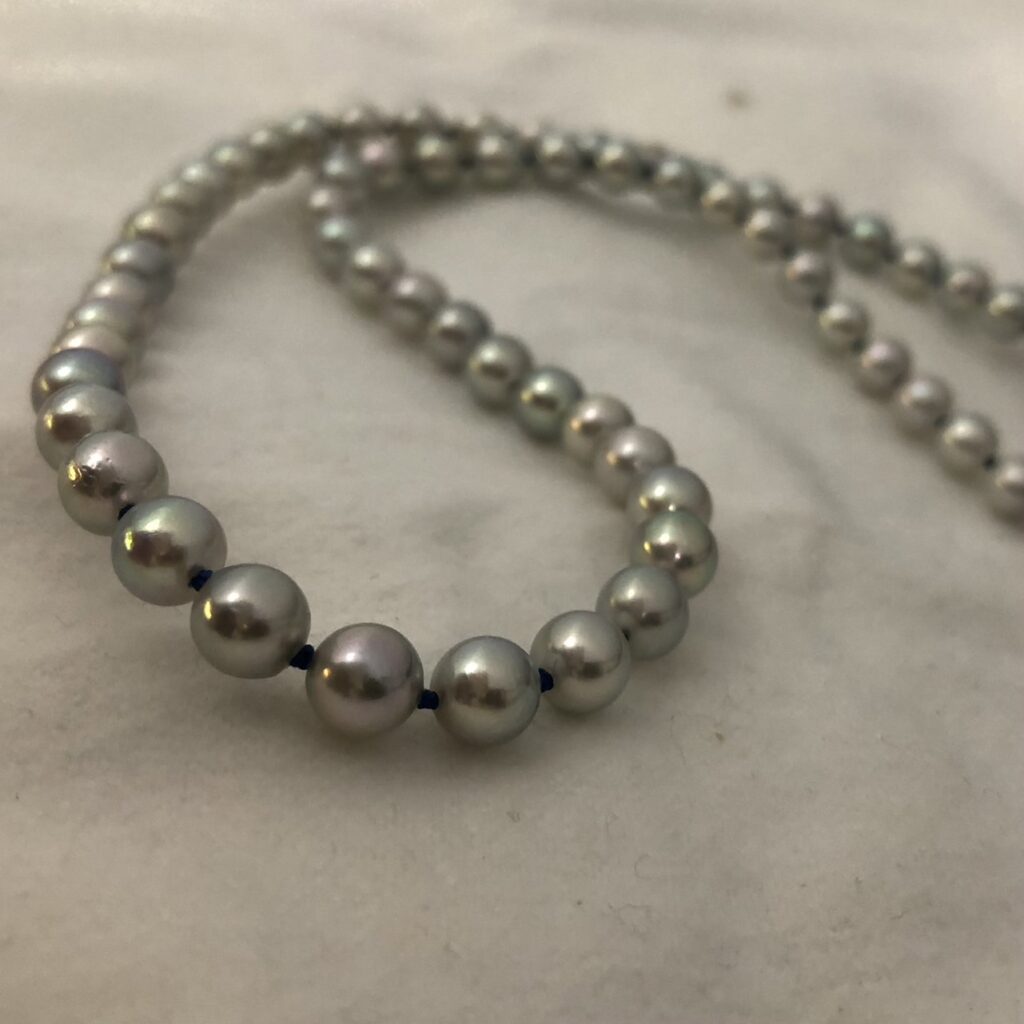

Personally, I believe that it’s preferable to establish wholesale and retail prices with a consistent markup based on the purchase price. However, in the company I work for, prices, including the cost, are determined based on the prevailing market rates, with no fixed guidelines or markup ratios. As an employee, this fluid pricing structure poses challenges, and as a result, I avoid wholesaling pearls from this company to customers. Some other pearl companies still sell pearls purchased before the price surge at the prices prevailing at that time, which aligns with my ideal and seems more honest.
For at least the nine years since I joined this company, wholesale and retail prices for pearls remained unchanged regardless of market fluctuations. While it’s true that the market has experienced a significant price increase this time, the company’s assertion that “pearl prices change weekly” is not convincing.

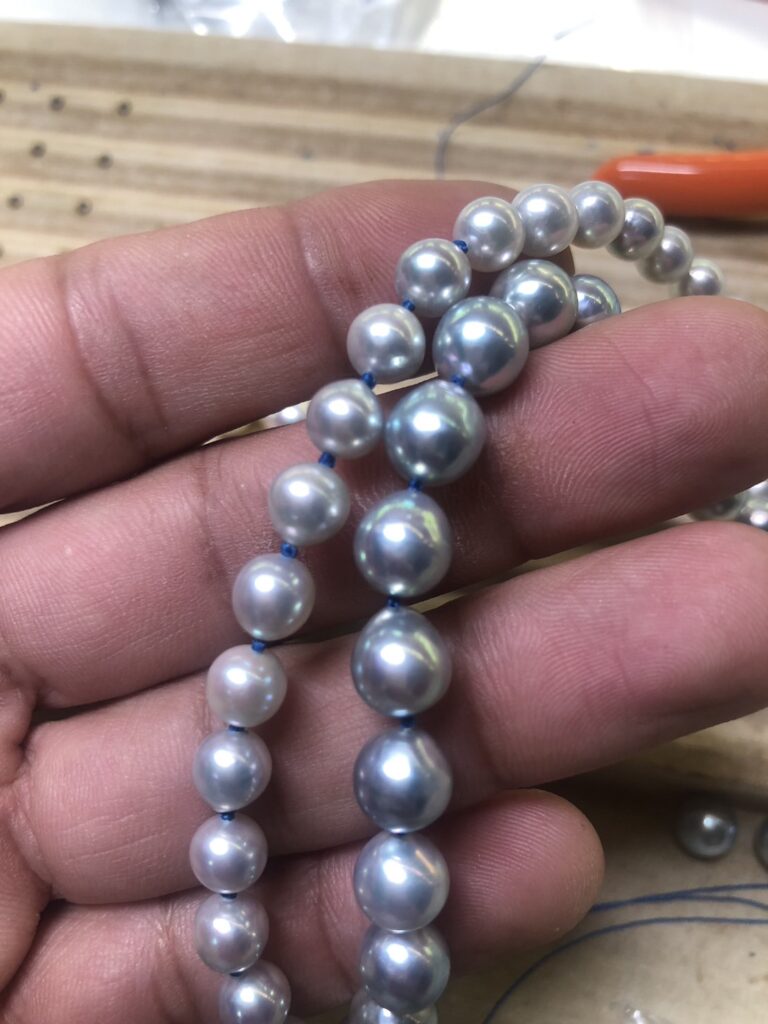

Furthermore, a nearby pearl dealer recently visited our company to show me a natural blue Akoya necklace. It features 8.5mm natural baroque pearls of excellent quality. Just three years ago, these would have been priced around $140 to $200 per strand. However, the current price is a staggering $1,133 per strand, indicating a significant surge.
Next month, pearl harvesting at Akoya pearl farms across Japan will commence, and in the early part of the new year, auctions for these pearls will take place. Given the current situation, it seems likely that prices will continue to surge at the upcoming auction.
By the way, the auction exclusively for harvested pearls is known as the “Hamaage Bidding Meeting.” Only selected companies that have undergone rigorous screening are allowed to participate in the bidding. Typically, these companies are primarily Japanese. The pearls offered at this auction are graded, starting from the highest “Class 1,” followed by “Semi-Class 1,” “Class 2 Upper,” and “Class 2 Lower.” Participation in the Class 1 auction is limited to a few prestigious pearl companies, including well-known names like Mikimoto Pearls and Tasaki Pearls. While the Semi-Class 1 category has slightly relaxed criteria, not just anyone can participate. These harvested pearls are traded by these select companies and are processed into necklaces and other jewelry items. They go through various intermediaries and wholesalers before reaching the customers.

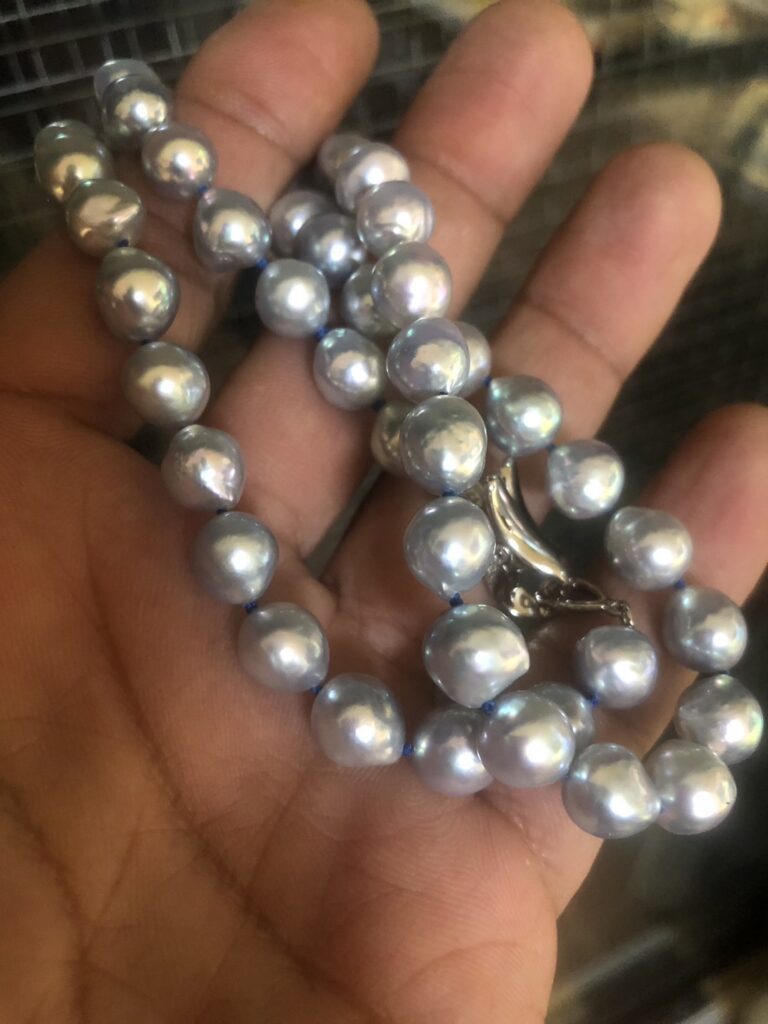

The specific processing steps involve an initial “pre-processing” stage, which takes about one to two weeks, followed by “drilling,” and then “bleaching,” which takes about three months. Only after these processes can the pearls be crafted into necklaces. It’s worth noting that there are few companies specializing in drilling pearls or making pearl necklaces, which leads to many Japanese pearl companies placing their orders with these specialists simultaneously. Consequently, it usually takes over six months for a necklace to be completed. Pearls harvested at the beginning of the year typically become necklaces by the end of summer or the beginning of autumn.
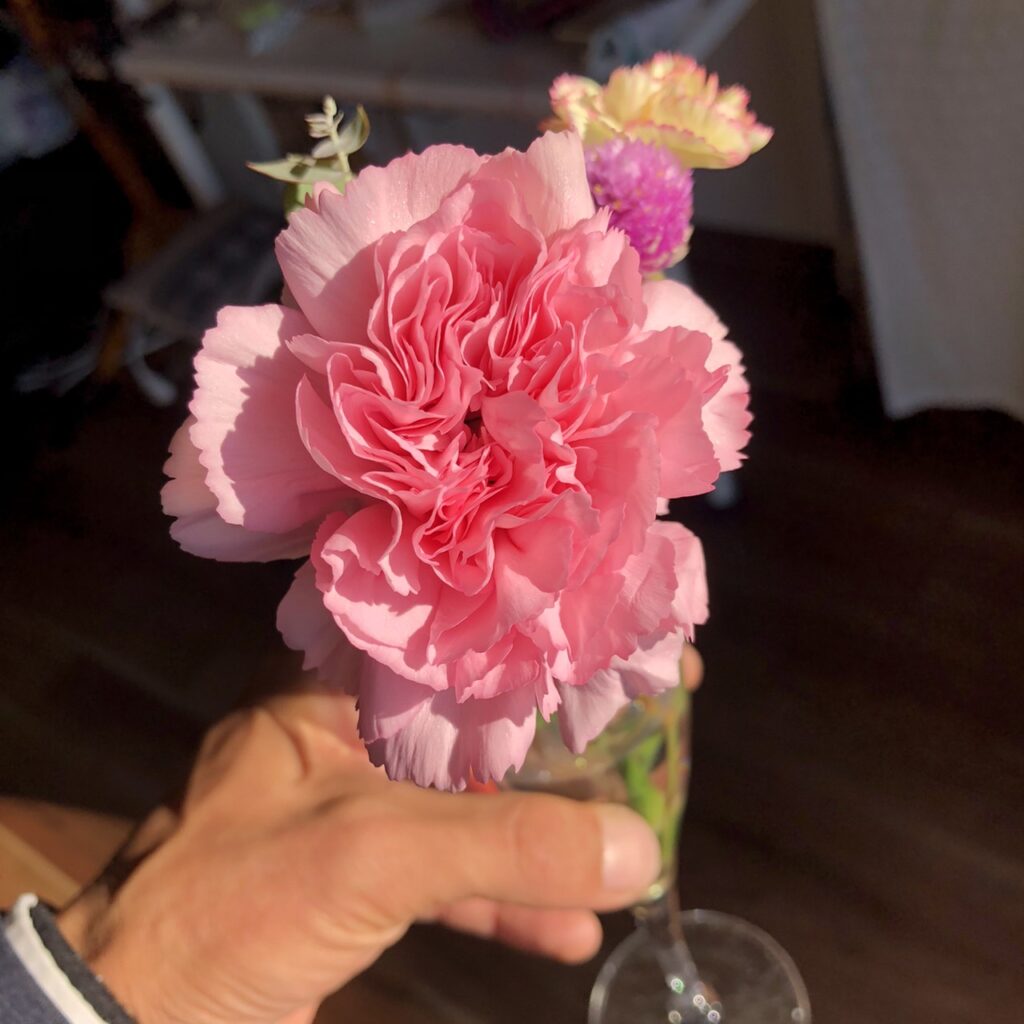
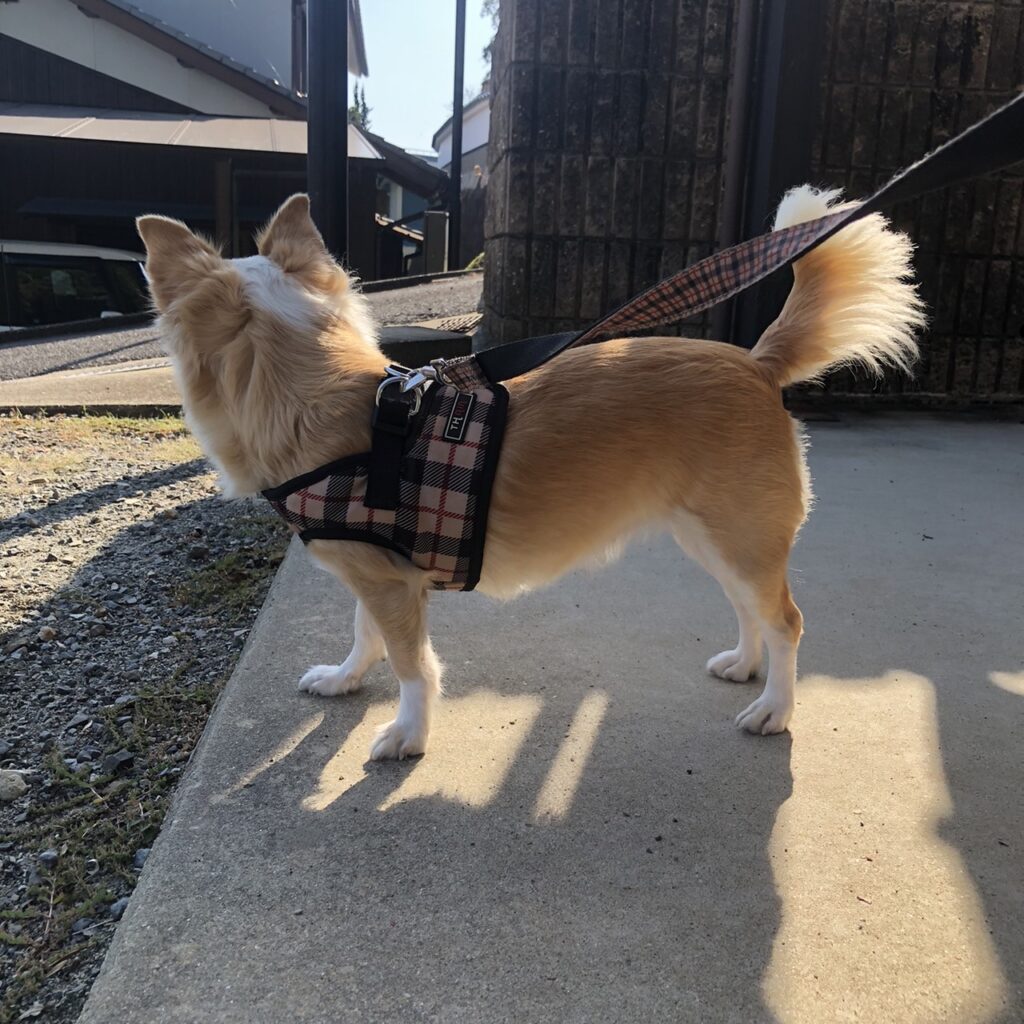
Next week, there will be a medium-sized trade show for pearl companies aimed at buyers. I intend to thoroughly understand the wholesale prices of various pearl companies there. As of now, it is unclear whether the current high pearl market prices will persist or if they will experience a significant drop in the coming years. My company is involved in pearl production, so sudden price drops won’t result in substantial losses. However, for intermediaries and wholesalers, buying pearls at high prices and then experiencing a crash would be a serious concern. Lately, many in the industry have been jokingly or seriously speculating about “who will draw the short straw.”



Comment